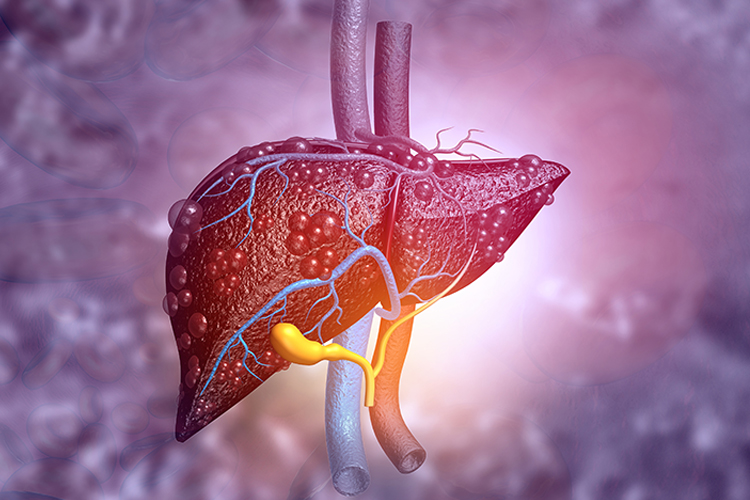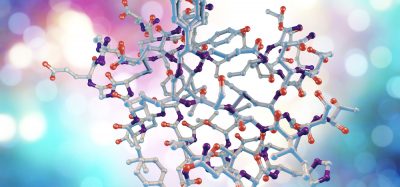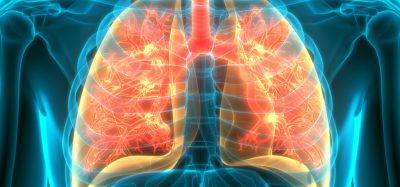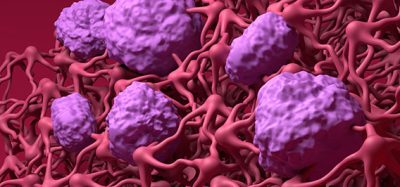Identifying a new target for metabolic liver disease treatment
Posted: 10 April 2025 | Drug Target Review | No comments yet
Scientists have identified protein tyrosine phosphatase delta (PTPRD) as a key regulator of liver metabolism, offering a potential new drug target for treating metabolic liver diseases like MASLD and MASH.


Chronic liver diseases linked to metabolic dysfunction, including metabolic dysfunction-associated steatotic liver disease (MASLD) and its more severe form, metabolic dysfunction-associated steatohepatitis (MASH), are becoming a global health crisis. Poor diet, obesity and insulin resistance fuel the progression of these conditions, which can ultimately lead to cirrhosis and liver cancer. Despite its increasing prevalence, effective treatments remain elusive. However, a new study published in eGastroenterology has identified a potential molecular target that could revolutionise treatment strategies: protein tyrosine phosphatase delta (PTPRD).
PTPRD: a newly identified regulator of liver health
PTPRD has long been studied for its role in brain development, but its function in liver health has remained largely unexplored. A research team led by Dr Joachim Lupberger discovered that PTPRD acts as a suppressor of the pro-inflammatory STAT3 pathway in liver cells. By regulating STAT3 activity, PTPRD plays a crucial role in maintaining lipid and glucose metabolism, preserving peroxisomal function and ensuring insulin sensitivity. When PTPRD levels decline, these processes become disrupted, contributing to the development of metabolic liver disease.
Linking PTPRD deficiency to liver dysfunction
To understand the impact of reduced PTPRD expression, the research team analysed human liver transcriptomic datasets and used a mouse model with partial PTPRD deficiency. They discovered that in mice fed on a high-fat, choline-deficient diet to mimic MASH, those with lower PTPRD levels had higher fasting glucose levels and more severe liver fat accumulation compared to normal mice. These PTPRD-deficient mice also exhibited altered fatty acid profiles resembling those seen in individuals with diabetes and liver steatosis.
The STAT3 connection: disrupting metabolism
At the molecular level, the study revealed that low PTPRD levels led to the overactivation of STAT3. This excessive STAT3 activity suppressed genes responsible for peroxisomal lipid metabolism, impairing the liver’s ability to break down fatty acids.
At the molecular level, the study revealed that low PTPRD levels led to the overactivation of STAT3
Further experiments demonstrated that STAT3 is a direct substrate of PTPRD in liver cells. When PTPRD was silenced in human liver cell lines, STAT3 activity increased and peroxisomal function declined. However, silencing both PTPRD and STAT3 reversed these metabolic disruptions, confirming their direct regulatory relationship.
Impact on insulin sensitivity and cellular stress
Beyond lipid metabolism, PTPRD deficiency also affected insulin signalling. In primary human hepatocytes, reduced PTPRD expression impaired insulin-induced activation of AKT, a key regulator of insulin’s metabolic effects. Transcriptomic analysis linked low PTPRD expression to the activation of the unfolded protein response (UPR), a cellular stress pathway that disrupts insulin signalling. Consistent with these findings, PTPRD-deficient mice showed increased expression of UPR-related genes, and obese individuals with low hepatic PTPRD levels exhibited markers of insulin resistance.
Clinical evidence: PTPRD and metabolic health
To validate these findings in humans, the researchers analysed liver biopsies and clinical data from over 700 patients with obesity. The results reinforced the experimental observations as individuals with the lowest hepatic PTPRD levels had significantly higher blood glucose, insulin resistance scores, triglycerides and waist circumference. These metabolic disturbances mirrored those seen in PTPRD-deficient mice and cell models, confirming the relevance of PTPRD in human liver health.
A potential therapeutic and diagnostic target
The study’s findings have significant implications for both treatment and diagnosis:
- New drug targets – the PTPRD-STAT3 axis emerges as a promising therapeutic target, potentially allowing for the development of treatments that directly address metabolic dysfunction rather than merely managing symptoms
- Biomarker potential – PTPRD expression levels may serve as a biomarker to identify individuals at higher risk for liver disease progression
- Advancing understanding of metabolic disease – the study contributes to a growing body of evidence linking peroxisomal dysfunction and cellular stress responses to MASLD and MASH.
Future research directions
While the research presents exciting possibilities, further studies are needed to refine these findings. The current mouse model effectively mimics human MASH but is less suited for studying glucose metabolism and diabetes. Future research will look to investigate PTPRD’s role using alternative diet models, explore whether restoring PTPRD function can reverse advanced metabolic liver disease, and assess whether components of the PTPRD protein can be detected in blood samples, potentially leading to a non-invasive diagnostic tool.
Conclusion
By identifying PTPRD as a key regulator of liver metabolism, this study marks a significant step forwards in the fight against metabolic liver diseases. As MASLD and MASH rates continue to climb globally, innovative approaches targeting molecular regulators like PTPRD could be instrumental in halting disease progression and improving patient outcomes. This research opens the door for the development of new therapies that address the root causes of liver dysfunction, offering hope for millions affected by these conditions.
Related topics
Drug Targets, Screening, Sequencing, Therapeutics
Related conditions
Liver disease
Related people
Dr Joachim Lupberger








